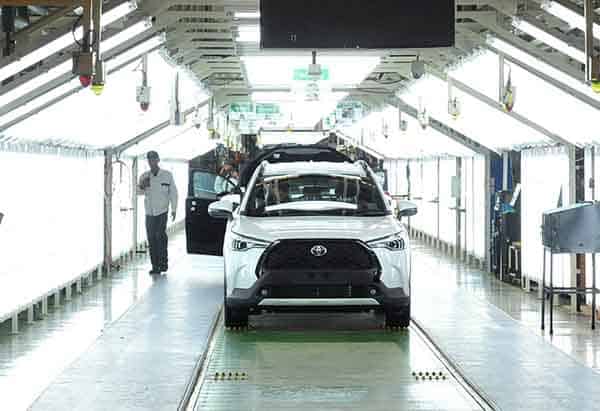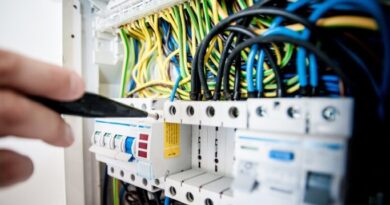South Africa can become a global hub for making batteries for New Energy Vehicles
For the country to become a player in the alternative powered vehicle market, it needed to provide clarity on its battery manufacturing plans and do more to grow local demand for these vehicles.
SOUTH Africa has an opportunity to become a significant player in the global New Energy Vehicle (NEV) sector. But for it to achieve this, it has to provide clarity on how it will support the development of a local battery manufacturing sector and do more to foster growing the domestic NEV market.
The local transport sector is a major job creator and a leading exporter. It is however, also the third highest producer of greenhouse gas emissions in the country, and its vehicle exports are under pressure to move away from producing internal combustion engines as a way to power vehicles.
The European Union (EU) for example, a key export market, is banning the sale of internal combustion engines and is switching to zero-emission vehicles by 2035.
In response to the climate crisis, the government released its Just Energy Transition (JET) Implementation Plan 2023–2027, which said that R128,1-billion would be needed from 2023–2027 “for the transport sector to contribute meaningfully to South Africa’s decarbonisation commitments and to a Just Transition of the automotive industry.”
Components before the car
Naamsa, the body that represents vehicle manufacturers, warns that despite the government’s commitment to making the transition, it still needed to clarify key aspects of its strategy.
Naamsa CEO Mikel Mabasa said the worry for vehicle manufacturers is that when it comes to making this transition, they will be dependent on the component sector, which will make the batteries that will be replacing the internal combustion engines.
The problem is that multinational component manufacturers will only invest in local production if there are sufficient volumes to make a project viable.
There is, however, no clarity on what the volumes will be because the investment incentive for the vehicle manufacturers and component makers both kick in March 2026.
“Although the component sector support is attractive, the time frame remains a concern for projects to be linked to specific new generation model investments,” says Mabasa.
Battery power
The local manufacturing of batteries is seen as key to the sector’s energy transition.
Naamsa even notes in its New Energy Vehicle Transitional Roadmap that if it gets its battery manufacturing strategy right, the country could see the setting up of “mega factories that would supply products to the world.”
The roadmap, however, points out that all the mineral resources needed for battery manufacture, like copper, lithium and nickel, are mined in Southern Africa, and if it wants to be an attractive base for global and local battery assemblers, it has to develop a beneficiation strategy to support the sector.
Making batteries locally will also ease access for South African vehicles into the EU and the UK.
“With NEV battery manufacturing, comprising nearly half the cost of the vehicle, as part of the current 60% Rules of Origin requirement under the current free trade arrangements with the EU and the UK, is required to enter the EU and UK duty-free,” said the roadmap.
For its part, the government, in the JET Implementation Plan, says it is developing a national battery strategy, and that the Industrial Development Corporation has a R19-billion battery value chain project pipeline.
It also said that the private sector should also finance the development of the battery industry, not only development finance institutions and the government.
“International incentives for battery production are increasingly competitive and difficult to match in purely financial terms – South Africa will require an appropriate policy response to support the industry’s development,” it noted.
Boosting local demand
Aside from getting more clarity around support for component makers, Mabasa said more can be done to grow demand for alternatively powered technologies in South Africa.
“At present, the Electric Vehicle (EV) White Paper is production focused to support the manufacture of EVs and EV components in the country with potential limited demand side support at a later stage for locally manufactured EVs.”
He said that without local demand, adoption in a market where affordability is a driving force, could have knock-on consequences for vehicle exports. He reasons that the country is far from its export markets and not having a locally developed market “would present challenges to invest in South Africa for exports.”
One way to foster a market for alternatively powered vehicles is to reduce taxes on them.
“The tax burden on a vehicle for a consumer in the country is excessive considering that 42% of the price of a premium vehicle consists of taxes going straight to the fiscus. The ad valorem duty is a fiscal tax based on a sliding scale up to 30%, and has never been adjusted for inflation,” Mabasa says.
He argues that it could be adjusted to reduce the average 52% price differential between a battery electric and equivalent internal combustion engine vehicle.




